Jewelry Demand
The demand for precious metals in the jewelry sector remains a significant driver for the Precious Metals Market. In 2023, The Precious Metals Market was valued at approximately 300 billion USD, with gold and silver being the primary materials used. Cultural factors, fashion trends, and economic conditions influence consumer preferences, leading to fluctuations in demand. For instance, during festive seasons, the demand for gold jewelry typically spikes, which can lead to increased prices in the Precious Metals Market. This relationship suggests that the jewelry sector will continue to be a vital component of the overall demand for precious metals.
Inflation Hedge
The Precious Metals Market often serves as a hedge against inflation, which appears to be a growing concern among investors. As inflation rates rise, the purchasing power of fiat currencies tends to decline, prompting investors to seek refuge in tangible assets like gold and silver. In recent years, the demand for gold has surged, with central banks increasing their reserves. In 2023, global gold demand reached approximately 4,700 tons, reflecting a 10% increase from the previous year. This trend suggests that as inflationary pressures persist, the Precious Metals Market may continue to attract investment, thereby driving prices higher.
Industrial Applications
Industrial applications of precious metals are increasingly becoming a key driver in the Precious Metals Market. Silver, for instance, is widely used in electronics, solar panels, and medical devices due to its excellent conductivity and antibacterial properties. In 2023, the industrial demand for silver accounted for nearly 60% of total silver consumption, highlighting its importance beyond investment and jewelry. As industries continue to innovate and expand, the demand for precious metals in various applications is likely to grow, thereby influencing the overall dynamics of the Precious Metals Market.
Geopolitical Uncertainty
Geopolitical tensions and uncertainties significantly influence the Precious Metals Market. Events such as trade disputes, military conflicts, and political instability often lead to increased demand for precious metals as safe-haven assets. For instance, during periods of heightened geopolitical risk, investors typically flock to gold and silver, driving their prices upward. In 2023, the price of gold experienced fluctuations, reaching a peak of over 2,000 USD per ounce amid rising tensions in various regions. This behavior indicates that the Precious Metals Market is likely to remain sensitive to geopolitical developments, which could further enhance its appeal as a protective investment.
Technological Innovations
Technological advancements play a crucial role in shaping the Precious Metals Market. Innovations in mining techniques, refining processes, and recycling methods have the potential to enhance efficiency and reduce costs. For example, the introduction of automated mining technologies has improved extraction rates, thereby increasing the supply of precious metals. Additionally, advancements in recycling technologies have made it possible to recover precious metals from electronic waste, contributing to a more sustainable supply chain. As these technologies continue to evolve, they may positively impact the Precious Metals Market by increasing availability and potentially stabilizing prices.
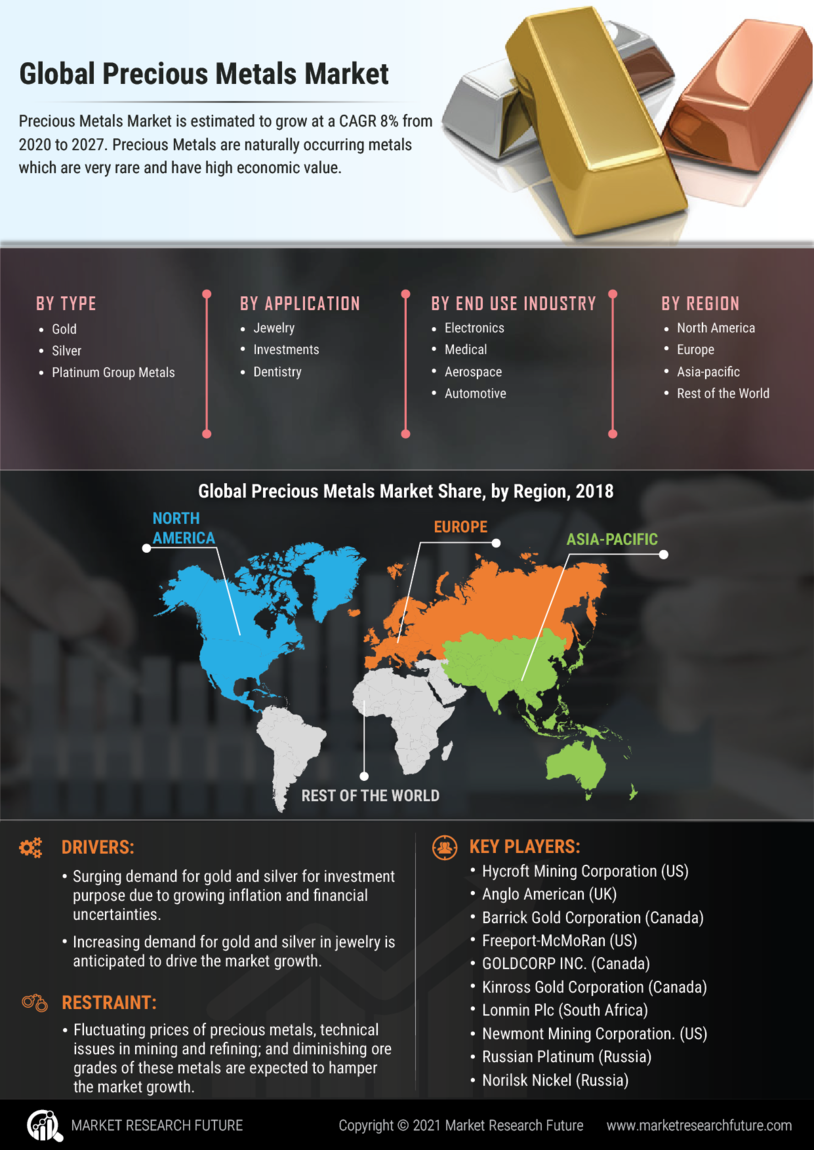

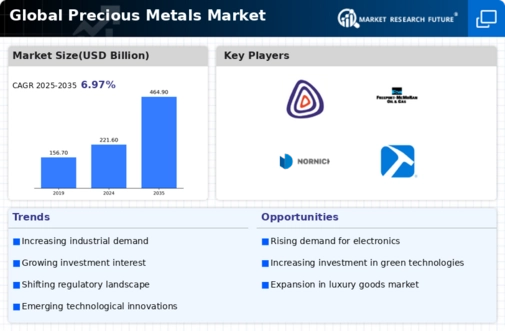

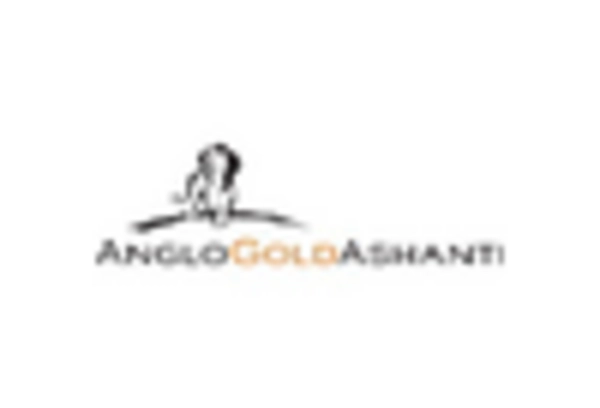

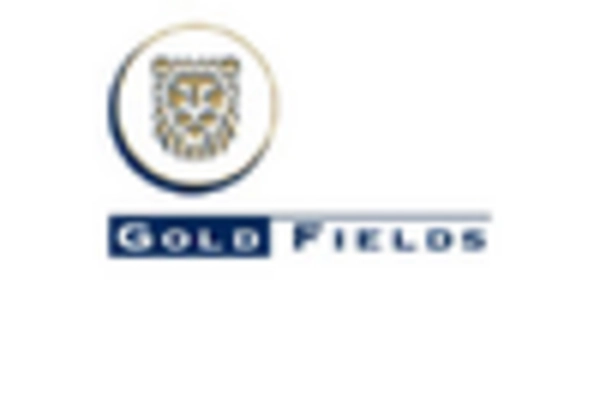

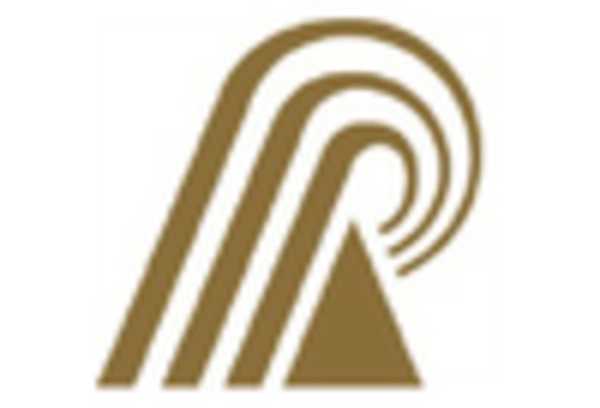
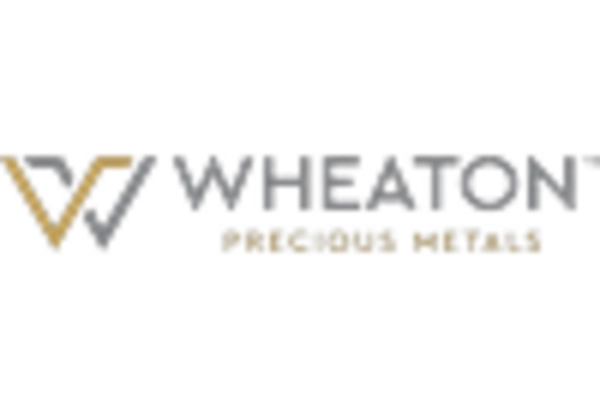








Leave a Comment